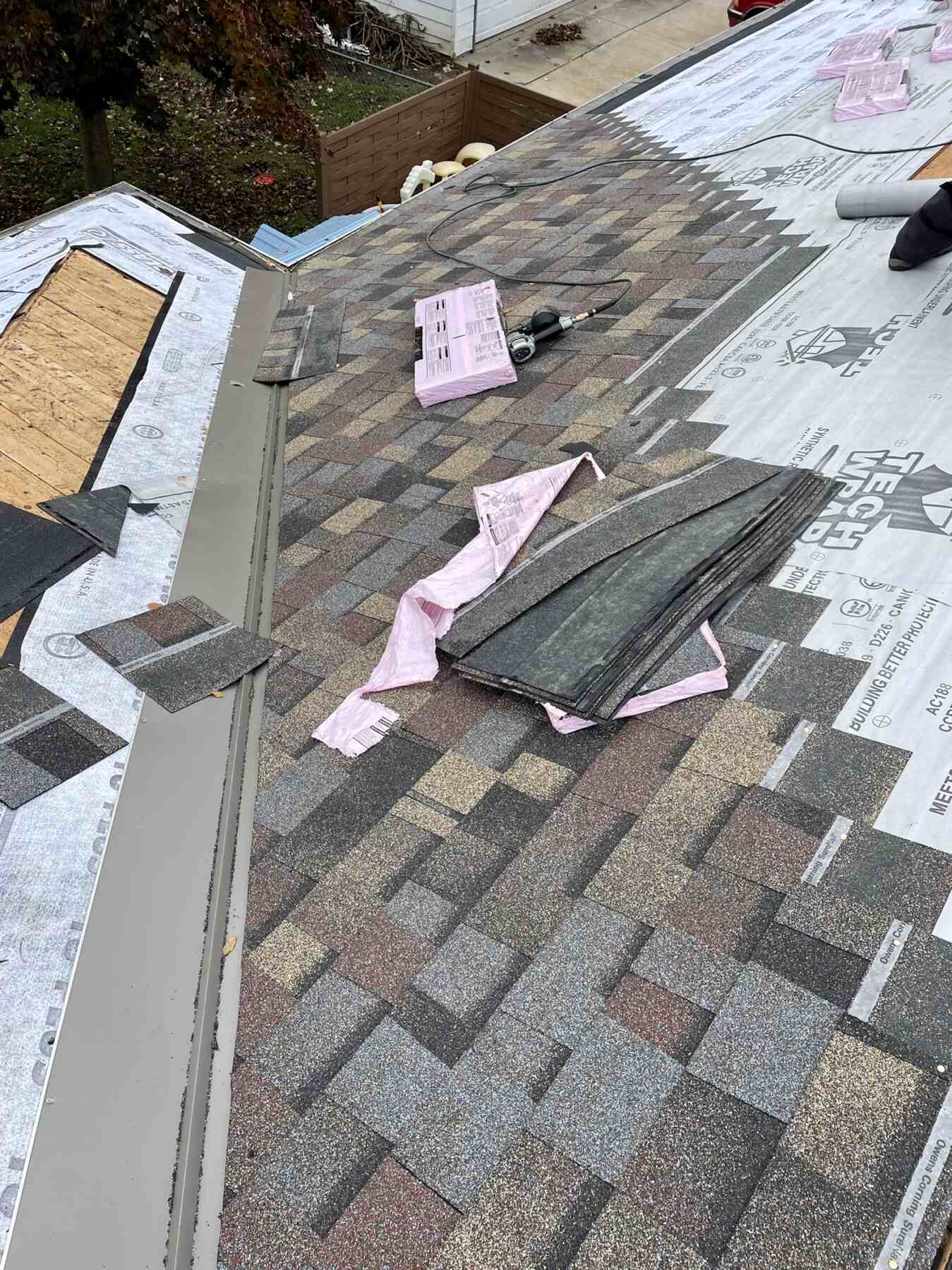Which is best, open valleys or closed valleys? Let’s explore the differences.
If you live in the northern zone, such as Wisconsin, the open valley, which has metal in it, is far superior.
Metal or open valley: A good contractor will start out by lining the valley with a rubberized membrane casually referred to as an ice and water membrane. Above that is the metal valley extending anywhere from 12 to 18 inches from the center of the valley. The center of the metal should have a raised area to stop water from rushing over to the other side. Some suppliers refer to these metal valley flashings as “W” valleys because if you look at them from the top, they have a “W” shape, with the center part of the W extending up about 1 inch. Shingles are applied on the sides and there should be anywhere from a 1-3 inch space from the W to where the shingles start.
Closed (California) valley: This type is often called the California valley, because of its common use in drier climates like California. However, those states do not have high rainfalls or the types of freezing temperatures that we have in Wisconsin. It’s a very common shortcut and some contractors will a customer on this style, citing their belief that it is not attractive. But if a contractor doesn’t have to spend the money on the metal for valley flashing, that money goes to their profit. Meanwhile, one of the key areas that houses have had leaking in them is the valleys. If you live in a state where there are not high volumes of water or freezing temperatures, then the closed valley, sometimes called a weave, is a legitimate way to do a valley.
Customers who look beyond a sales pitch and are looking for something that is durable, should take a walk around their block and look at the various types of valley flashings that are used in their neighborhood. Chances are that you’ll see a house that has metal in the valleys.


